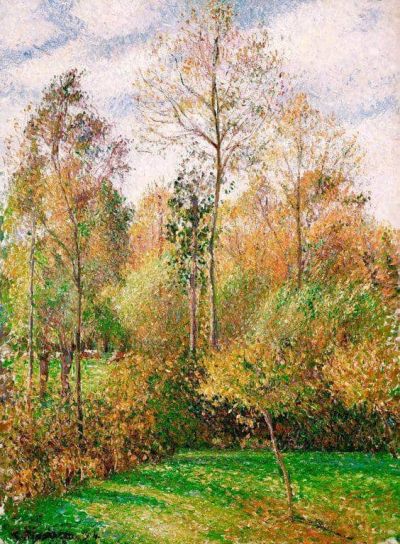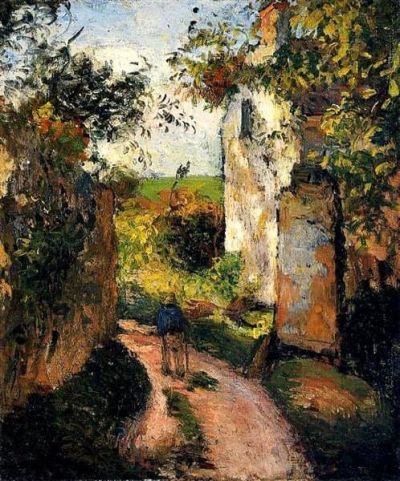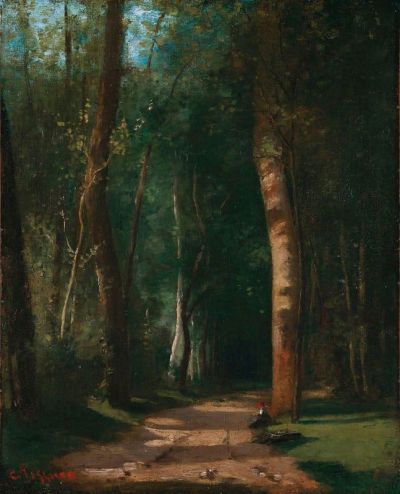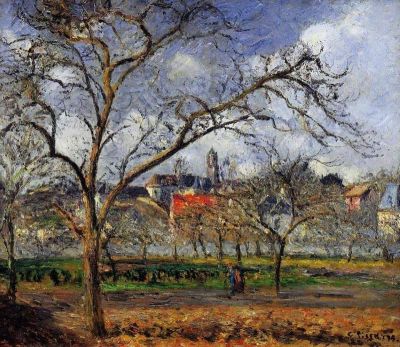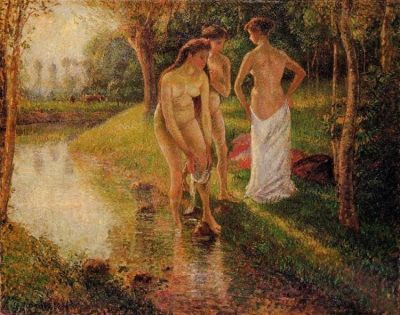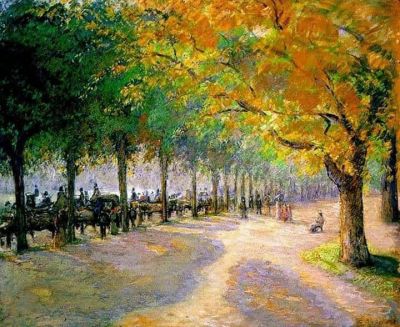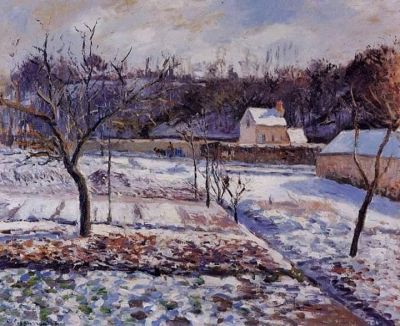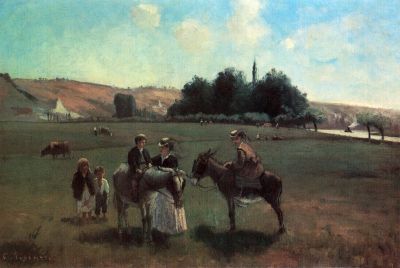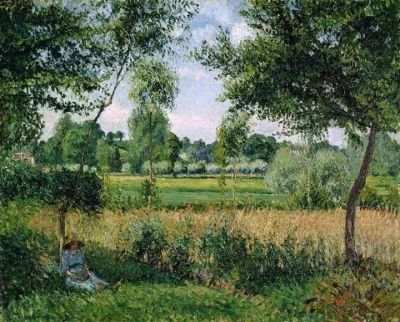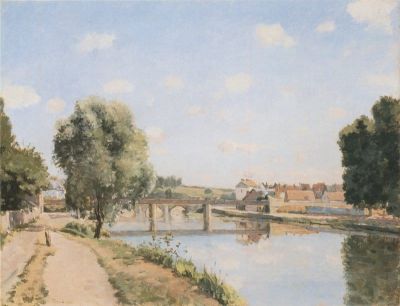
Camille Pissarro Le Pont Du Chemin De Fer Pontoise 1873 Hand Painted Reproduction, copy hand-painted
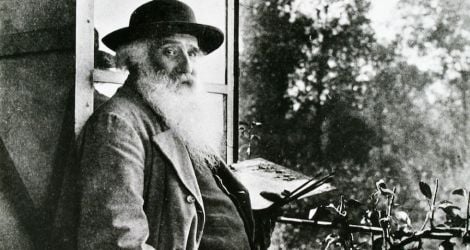
A short story of Camille Pissarro
Camille Pissarro was the only painter to show work at all eight Impressionist shows held between 1874 and 1886. He became a key artist and guide in the movement. Impressionists are known for their pictures of city streets and country life, but Pissarro filled his paintings with pictures of French peasants going about their everyday lives. His best work combines his interest in country settings with the scientific study of nature under different light and weather conditions. This comes from his in-depth study of French Realism. Like the drawings of other Impressionists, his work is a careful look at how light affects colors in nature. But he always tried to work with younger, more progressive artists, and the way he explained scientific color theory in his later work was significant for the next group of avant-garde painters.
Pissarro's art style
The first art classes Pissarro took were in Paris, France, and Caracas, Venezuela. In Paris, he studied art with an emphasis on empirical realism, which he used throughout his work. In Caracas, he studied nature and peasant life in the tropics, focusing on how light affects color, which he would later help theorize as a key Impressionist theme.
You can't separate Pissarro's art from what he thought about politics. Gustave Courbet, a realist painter, influenced Camille Pissarro's art, and Pissarro's paintings honor the work of peasants in communal towns. This shows that both artists were socialist-anarchists.
Late in his life, Pissarro worked closely with the younger Neo-impressionists Georges Seurat and Paul Signac. He was one of the first artists to try out color combinations. In his canvases, he uses broken, dashed brushstrokes to mix colors that go well together. This makes his paintings even more vibrant. In this way, they clearly integrate his peasant figures into the landscapes to which they belong and to which they belong, giving them a symbolic connection to their land that is rare in Impressionist art.
Pissarro didn't live in Paris like most Impressionists. Instead, he spent most of his life in the French countryside, where he met younger artists who wanted to learn from him. More than any other member of the movement, he is known for his calm personality and love of trying new things, which made him a great guide for artists. For example, his longtime work with the young Cézanne made him an important part of modernism in the 20th century.
